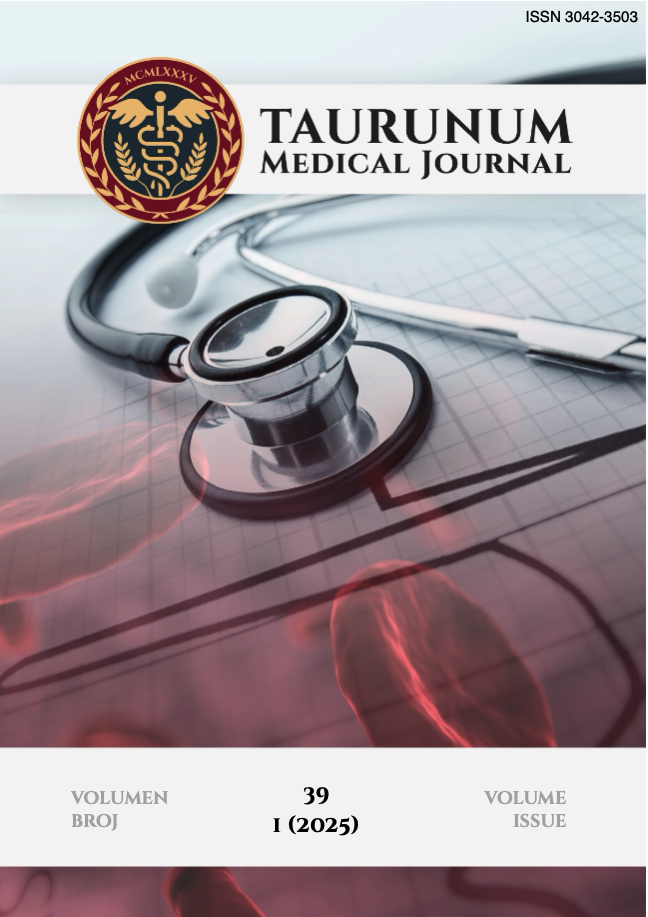Current issue

Volume 39, Issue 1, 2025
Online ISSN: 3042-3511
ISSN: 3042-3503
Volume 39 , Issue 1, (2025)
Published: 31.03.2025.
Open Access
Welcome to Issue 39, No. 1 – the first of our two annual publications for this year. Inside, you'll find a curated selection of articles. Start your year with the essential knowledge and perspectives offered in this timely edition
All issues
Contents
01.04.2018.
Poster session
Clinical significance of cd34 expression in endometrioid carcinoma of the uterine body
Aim: Our aim is to examine the expression of CD34 in the endometrioid carcinoma (EC) of the uterine body and association of neoangiogenesis with classical clinical and prognostic parameters. Introduction: The incidence rate increases with age, so in about 75% of cases it occurs in postmenopausal women.Material and Methods: On the biopsy samples obtained after the hysterectomy of 36 patients operated from EC of the uterine body, operated in the General hospital Pirot, where applied routine H E and the imunohistochemical ABC method with anti-CD34 antibodies. Based on the expression of CD 34, the microvascular density per mm2 of the tissue was calculated stereometrically. For statistical analysis SPSS software package were used (version 19.0). Results: The significantly pronounced expression of CD34 is present in all cases of tumors in pT2a to pT3a, and in all cases of the IIA-IIIA FIGO stage. A significantly high neoangiogenesis index is present in 72% of moderately differentiated tumors, in about 70% of tumors with moderate/expressed nuclear atypies, in 92% of cases with microvascular invasion and in 76,5% of tumors affecting over 50% of myomterium. CD34 expression is in positive, moderate and significant correlation with invasion of lymph vessels, pathological stage of the tumor and invasion of blood vessels and myometrium (kk=0,636 - 0,587). The correlation between this marker and the histological and nuclear tumor grade is weaker (kk=0,444 and 0,410). Conclusion: Significant association of CD34 with the aggressive phenotype of the EC of uterine body has significant prognostic implications.
Tomislav Jocic, Milena Rakocevic



